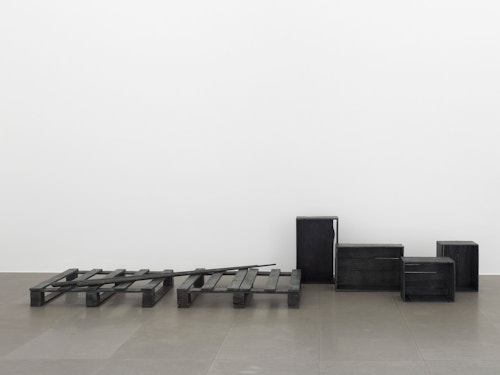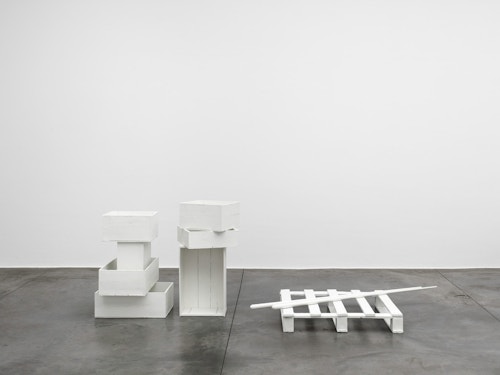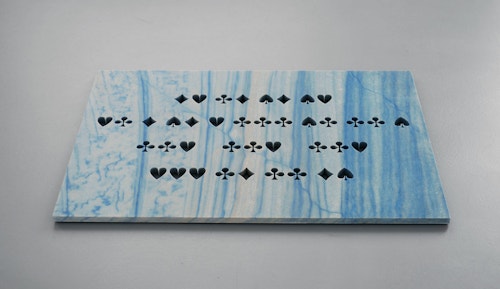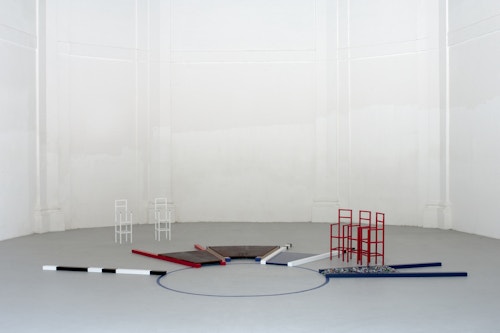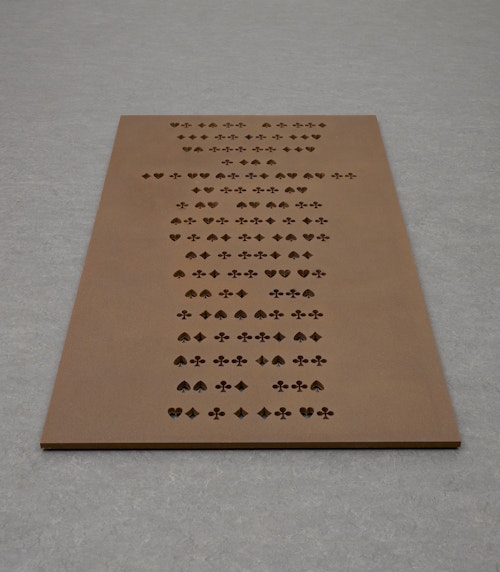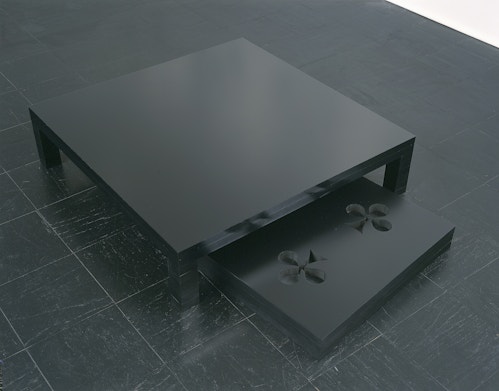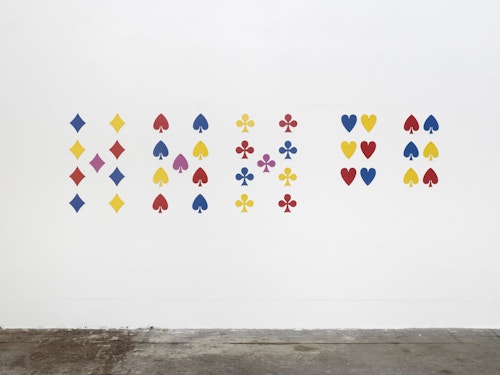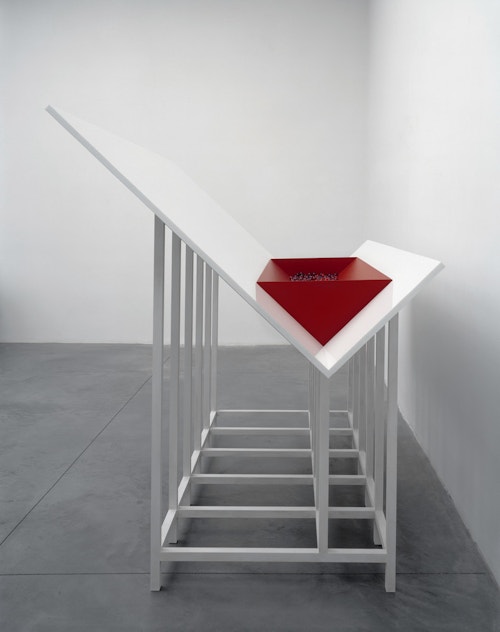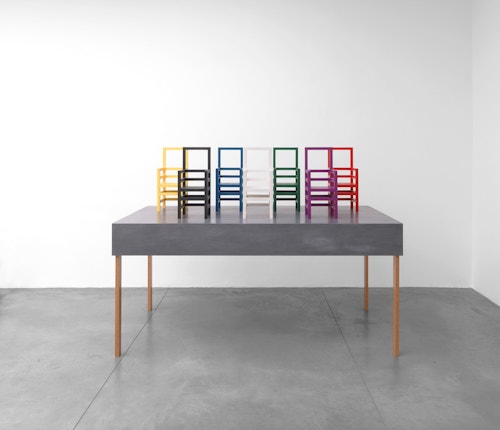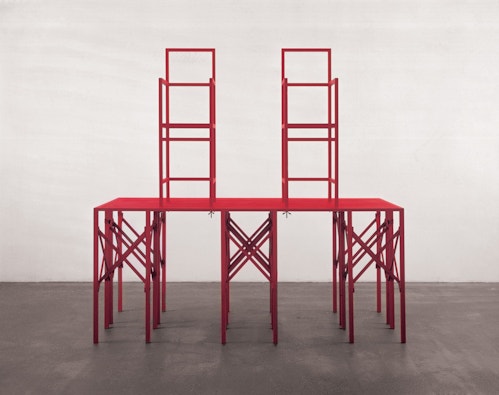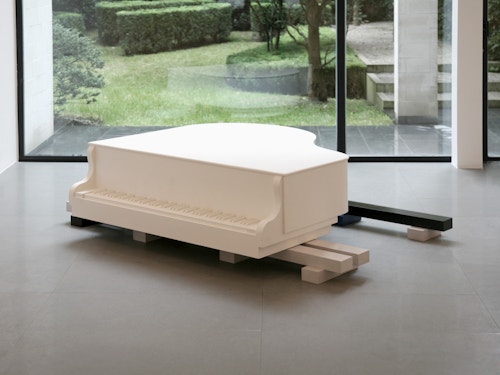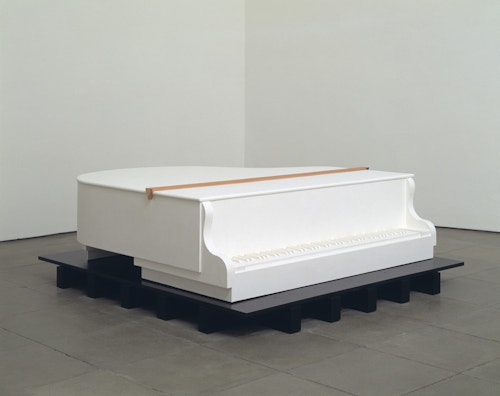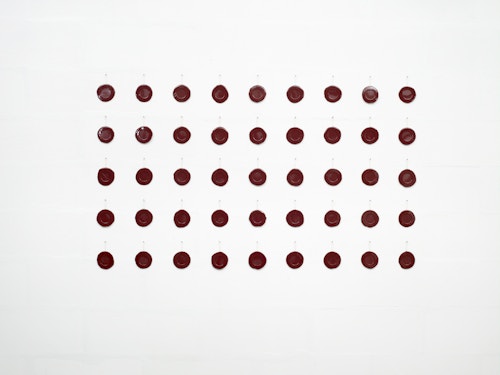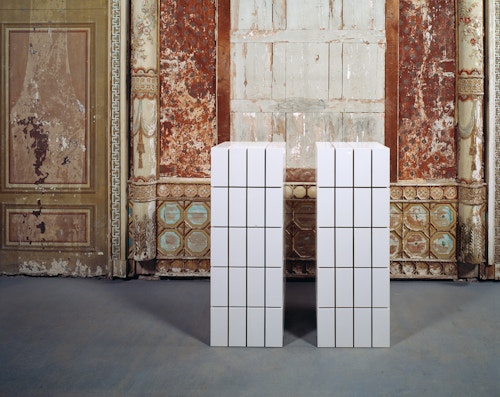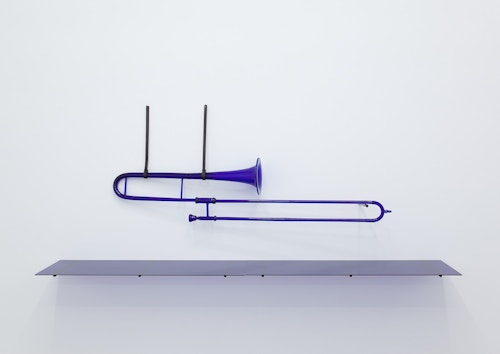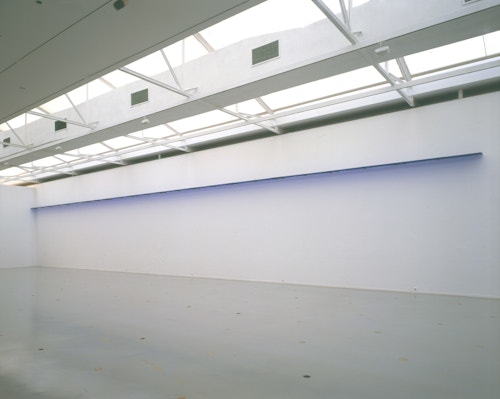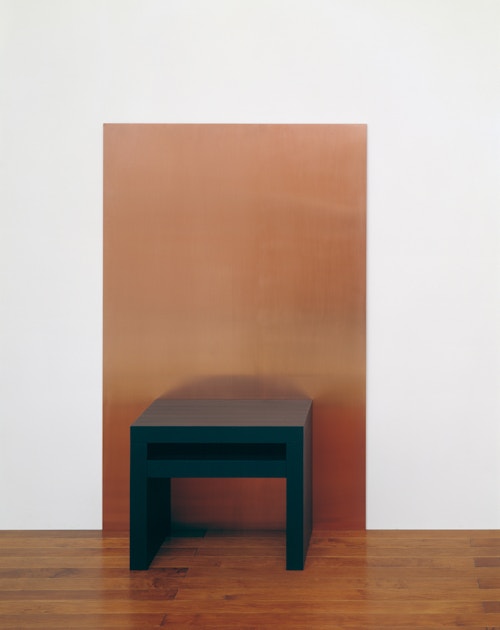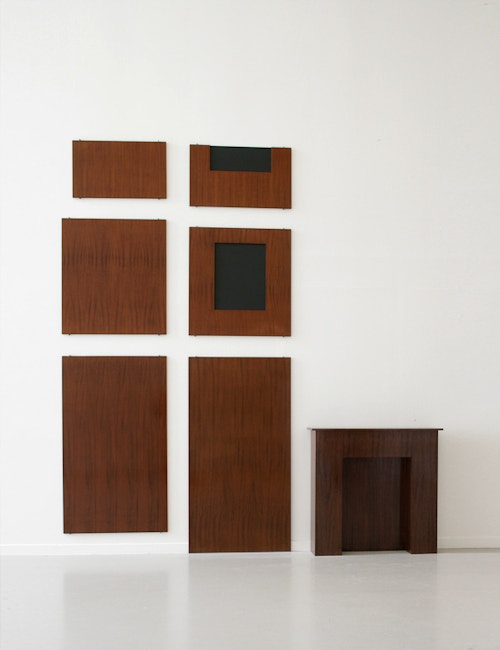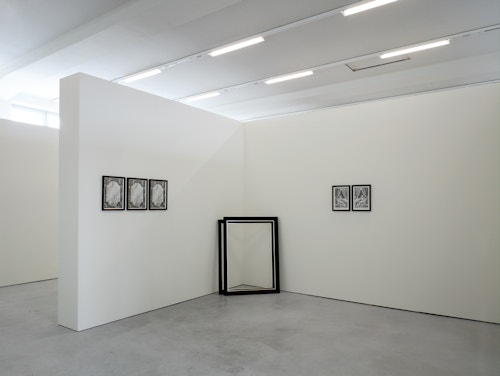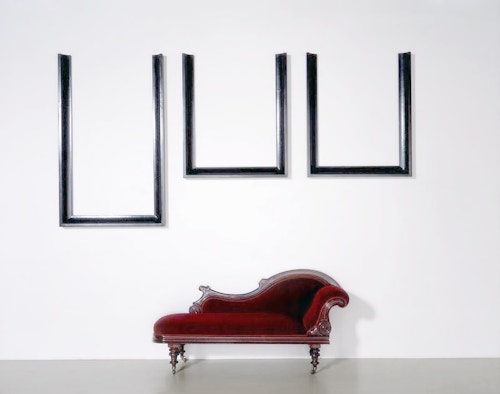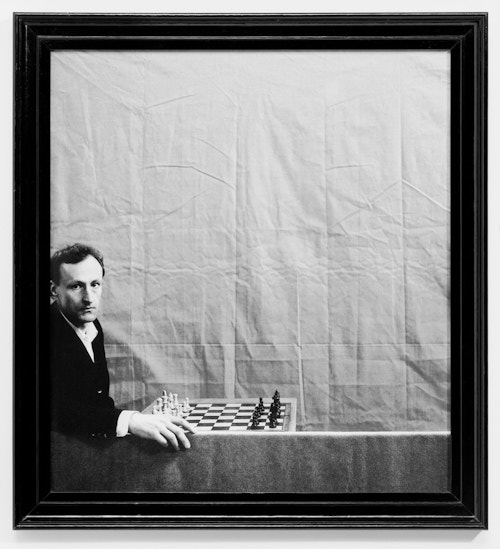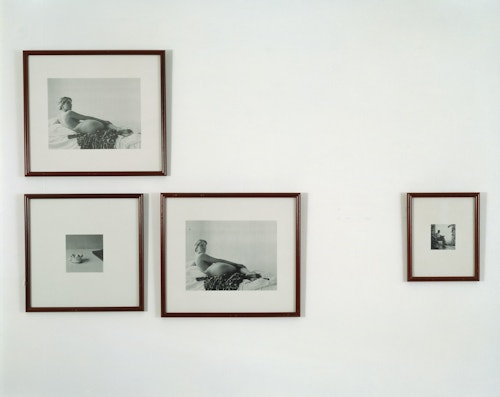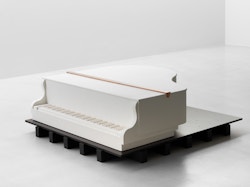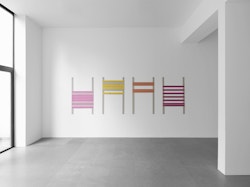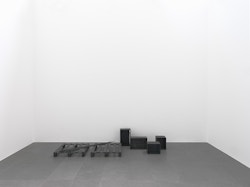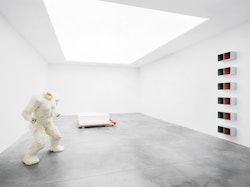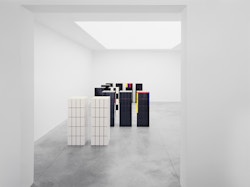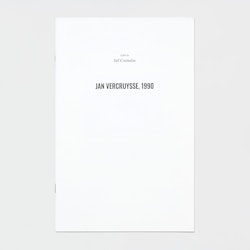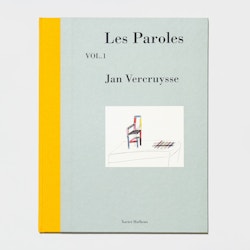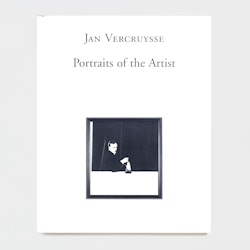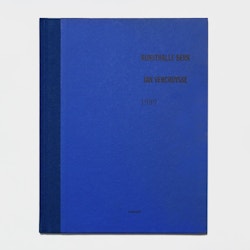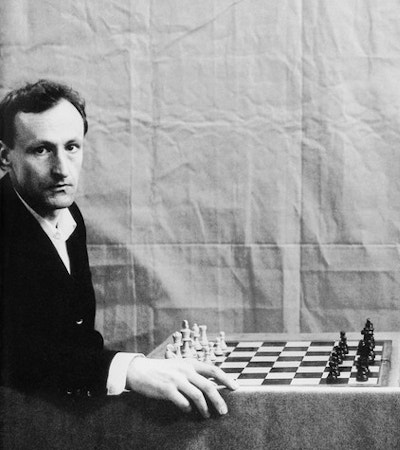
Jan Vercruysse
With a career that spanned over four decades, Jan Vercruysse was considered one of Europe’s most influential conceptual artists. A poet in his youth, Vercruysse decided in 1974 to focus on the visual arts by working predominantly in series. From his earliest photographic self-portraits to his sculptural still lifes, each series is a remarkable creation suggestive of interiors or furniture, theater settings or architecture, yet they often seem absent of an immediate identifiable content, as if they confront the viewer with a riddle. It is an art that seeks to find, and to define, its own philosophical place within a rapidly evolving world. His earliest photographic works recreated historical subjects, such as self-portraits, still lifes and mythological scenes. Gradually, he evolved a sculptural vocabulary of narrow rooms, empty frames and bases without objects. The sacred spaces created by Vercruysse in these works are known as Chambres or Tombeaux and represent the artist’s last-ditched attempts to create art that refers only to itself. His later works, such as plaster pianos, blue Murano glass musical instruments and bronze and ceramic turtles, achieve equilibrium between conceptual conviction and aesthetic concerns, and also reflect a real pleasure of making.
Jan Vercruysse (b. 1948, Waregem, Belgium; d. 2018, Bruges, Belgium). Solo exhibitions included Kunsthalle, Bern (1989); Van Abbemuseum in Eindhoven (1990, 1997); the Belgian pavilion at the Venice Biennale (1993); Mies van der Rohe's Museum Haus Lange and Haus Esters in Krefeld (1995); Palais des Beaux-Arts, Brussels (1999); Museum Dhondt-Dhaenens in Deurle (2001) and Museum M in Leuven (2009). His work is part of many important American and European museum collections.
